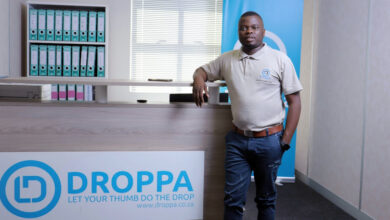How La Roche-Posay Became a Global Skincare Authority
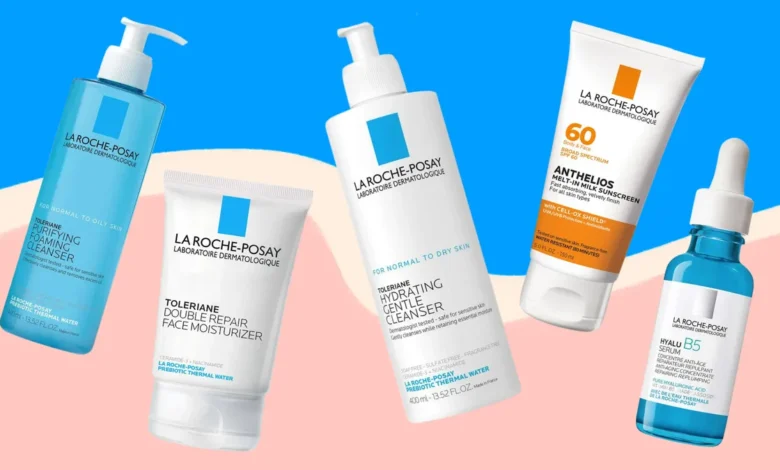
How La Roche-Posay Became a Global Skincare Authority. When La Roche-Posay was founded in the heart of France over 40 years ago, it wasn’t introduced as a luxury skincare brand or the latest beauty trend. Instead, it emerged from a therapeutic spring town—La Roche-Posay—in the Nouvelle-Aquitaine region, renowned for its selenium-rich thermal water. What began as a center for treating skin conditions evolved into one of the most trusted dermo-cosmetic brands in the world, now recommended by over 90,000 dermatologists globally.
A Scientific Foundation With a Human Purpose
The brand’s earliest success stemmed from a critical differentiator: it didn’t chase beauty ideals, it solved real skin problems. Rooted in dermatological science, La Roche-Posay collaborated early on with dermatologists and medical institutions. Their aim was to create formulas suitable for sensitive skin, relying on clinical testing, minimalist ingredients, and therapeutic benefits of thermal spring water.
This evidence-based approach laid the groundwork for trust. Consumers facing issues like eczema, acne, and rosacea were no longer being sold miracle solutions—they were being offered clinically-tested treatments. That trust became the brand’s cornerstone.
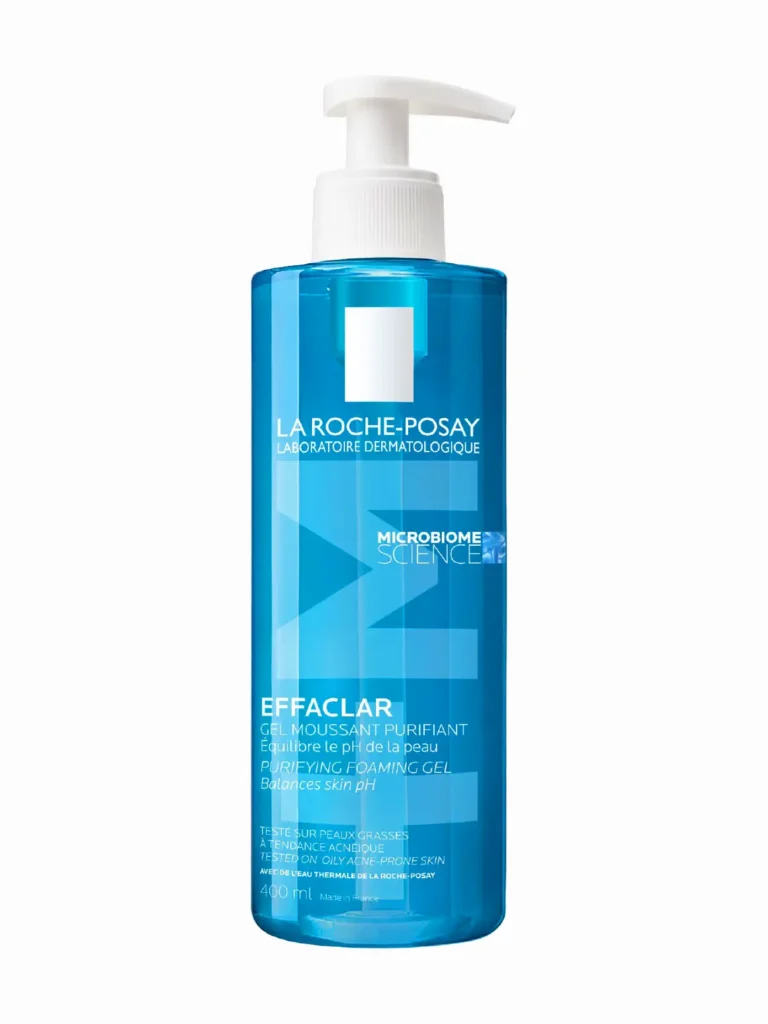
Strategic Partnerships That Expanded Reach
A pivotal turning point came in 1989 when La Roche-Posay was acquired by L’Oréal. But rather than subsume the brand into its mass-market ecosystem, L’Oréal preserved its medical credibility and emphasized its positioning in the dermo-cosmetic niche. This was a crucial strategic move.
L’Oréal’s global distribution power brought La Roche-Posay into pharmacies across Europe, North America, and Asia. But the marketing never leaned on glitz or celebrity endorsements. Instead, it focused on dermatologist recommendations, clinical efficacy, and testimonials from real people with real skin conditions. The brand’s credibility only deepened.
Innovation Anchored in Simplicity
La Roche-Posay’s product development strategy has always revolved around three principles: efficacy, tolerance, and simplicity. Each product is formulated with a tight edit of ingredients, rigorously tested on sensitive skin, and developed in partnership with dermatologists. Flagship lines like Effaclar (for oily and acne-prone skin) and Cicaplast (for skin barrier repair) have become staples, not through aggressive marketing, but through consistent, measurable results.
In a world of constant product launches and trends, La Roche-Posay’s patient, needs-based innovation stands out. Its approach has been methodical rather than reactive—a model of resilience in a volatile beauty market.
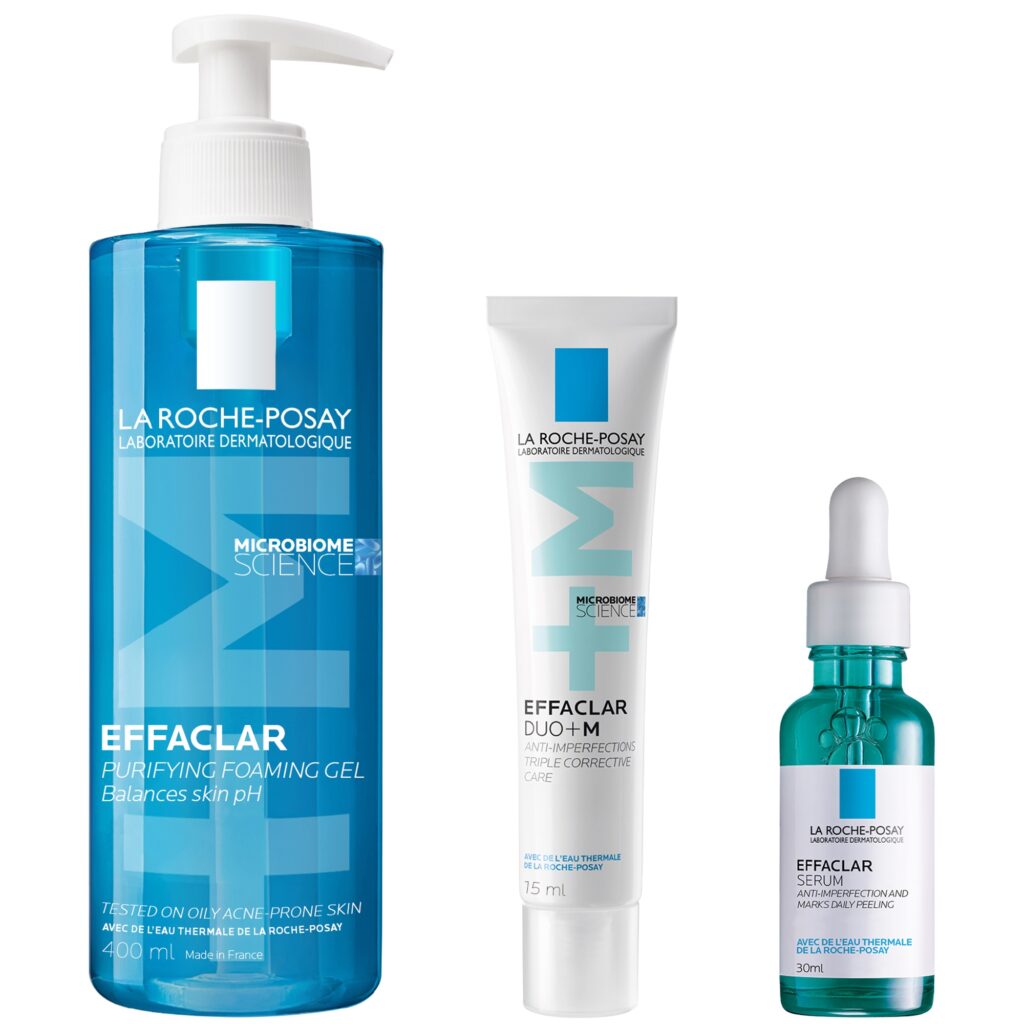
Authenticity in a Digital Era
As digital influencers and beauty trends exploded in the 2010s, La Roche-Posay remained selective in how it adapted. Rather than flooding social media with aspirational content, the brand doubled down on education. It launched initiatives like “Skinchecker” to raise awareness about melanoma prevention and used social platforms to demystify skin conditions, often featuring dermatologists in its content.
This strategic digital restraint paid off. By offering accessible science and avoiding overpromising, La Roche-Posay maintained its identity as a skin health advocate—not just another skincare brand chasing viral success.
Milestones That Shaped Its Growth
- La Roche-Posay Laboratoire Dermatologique is established, formalizing its dermatological mission.
- Acquisition by L’Oréal Group accelerates global expansion while preserving medical integrity.
- Introduction of the Effaclar line, which becomes a benchmark for acne care.
- Launch of “Skinchecker,” a global awareness campaign for early skin cancer detection.
- Named the most dermatologist-recommended skincare brand worldwide.
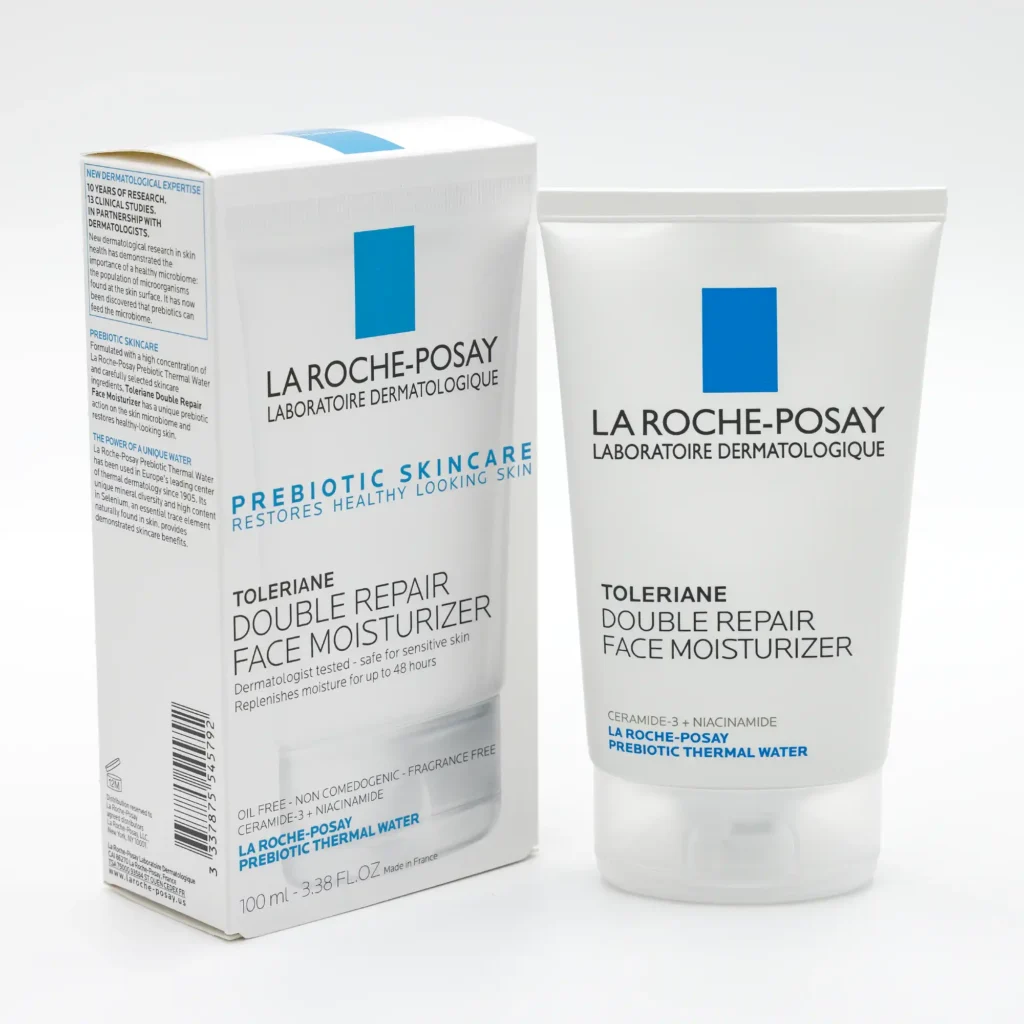
Lessons for Aspiring Entrepreneurs
- Solve Real Problems, Not Trends: La Roche-Posay didn’t chase aesthetics—it addressed unmet medical needs. Solving real problems builds lasting trust.
- Partnerships Can Scale Without Compromise: Strategic alignment with L’Oréal preserved the brand’s DNA while unlocking global reach. Choose partners who respect your mission.
- Simplicity is a Competitive Advantage: In an age of ingredient overload, La Roche-Posay’s minimalist formulations offer clarity and reliability.
- Credibility Beats Hype: Consistency in clinical messaging and science-first marketing helped La Roche-Posay weather industry shifts.
Conclusion
La Roche-Posay’s ascent wasn’t driven by celebrity endorsements or flashy campaigns. It was built on credibility, science, and a relentless focus on helping people with sensitive skin. For entrepreneurs, its story is a testament to the power of purpose-led branding, strategic restraint, and the courage to stay true to your mission—even when the market tells you to chase something flashier. In doing so, La Roche-Posay didn’t just create products; it created trust, at global scale.

